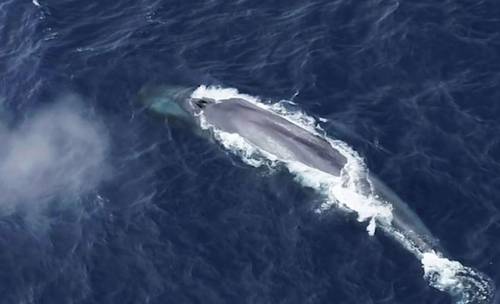Researchers use sonoboyas fitted with hydrophones that transmit sounds to a boat in real time through a VHF radio link. These sonoboyas are deployed to detect blue whale calls, allowing specialists to determine their direction and deploy additional instruments for precise positioning. The team involved in this study collected data on blue whale distribution in Antarctica and the subantarctic regions during the summer.
The study provides the most up-to-date information on the distribution of these large animals, which were once threatened with extinction due to industrial hunting. The lead researcher, Brian Miller from the Australian Antarctic Program, highlighted the significance of the findings. Blue whales are the largest animals on earth, reaching up to 30 meters in length and weighing as much as a Boeing 787. Despite their size, it is the sounds they emit that help to locate them.
For nearly two decades, the research team has utilized sonoboyas as listening stations to track and record blue whale calls in Antarctica. Over eight months at sea, the team traveled over 145,510 kilometers and monitored almost 3,900 hours of sound from these listening stations. By combining acoustic data with other techniques such as satellite tracking, photography, DNA sampling, drones, and artificial intelligence, the researchers gained a comprehensive understanding of blue whale distribution, abundance, and behavior.
This study represents an important step in conserving and protecting blue whales in the Antarctic region. The data collected by the team has contributed valuable insights into the habitats and behaviors of these majestic animals, helping to inform future conservation efforts.
